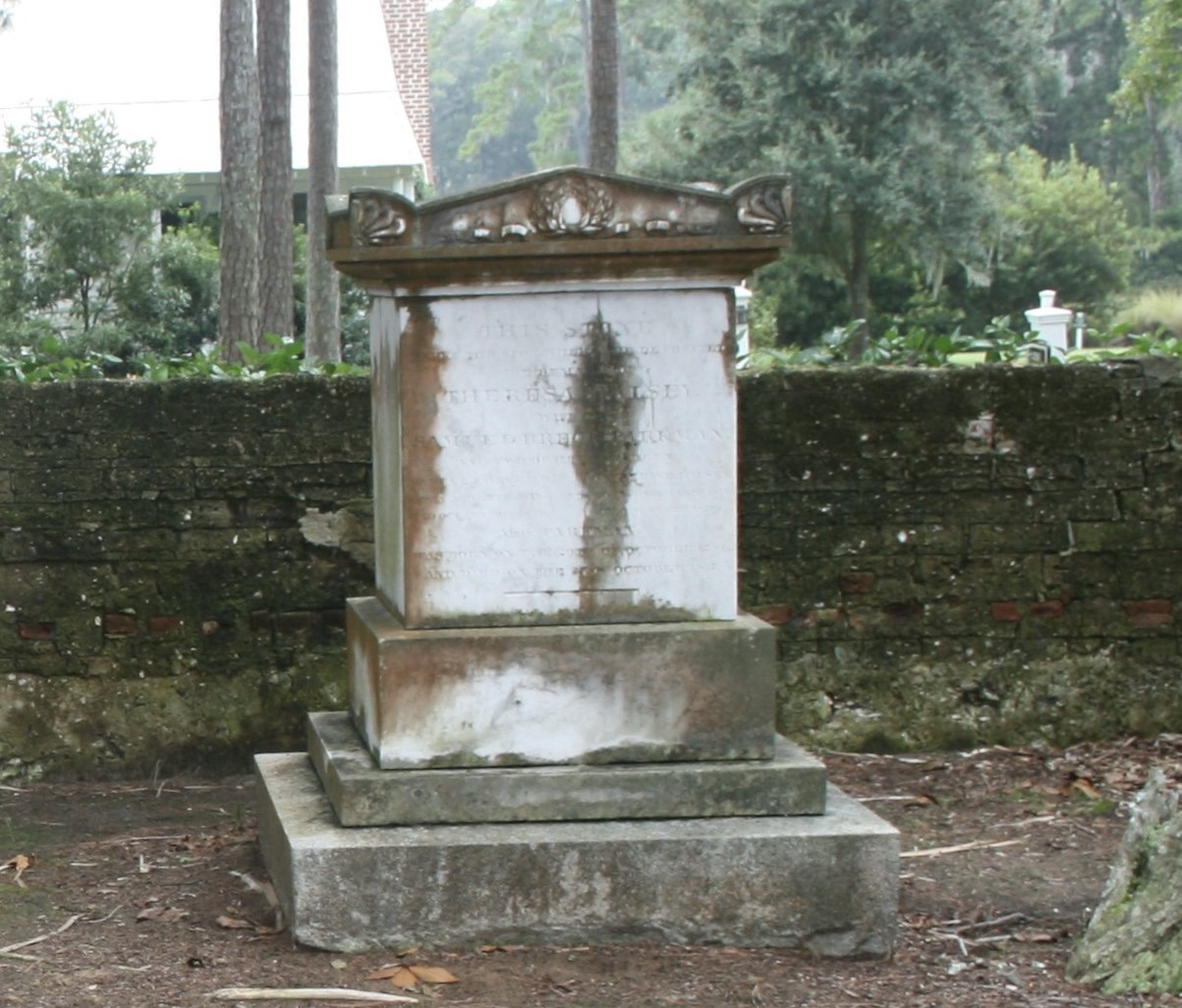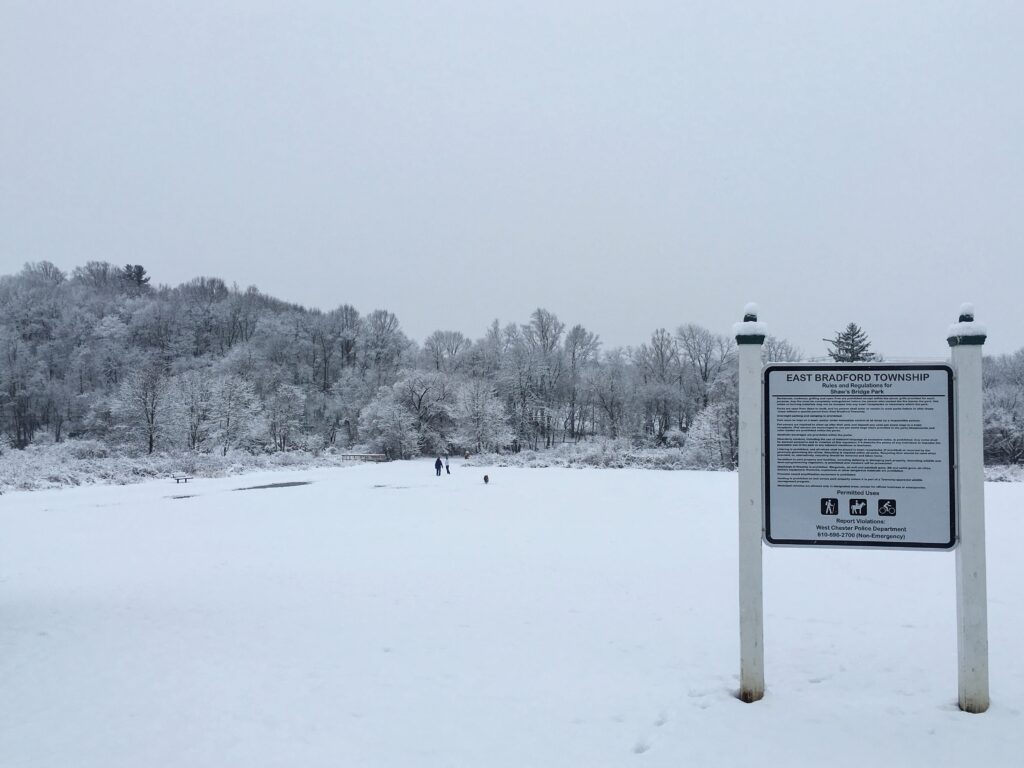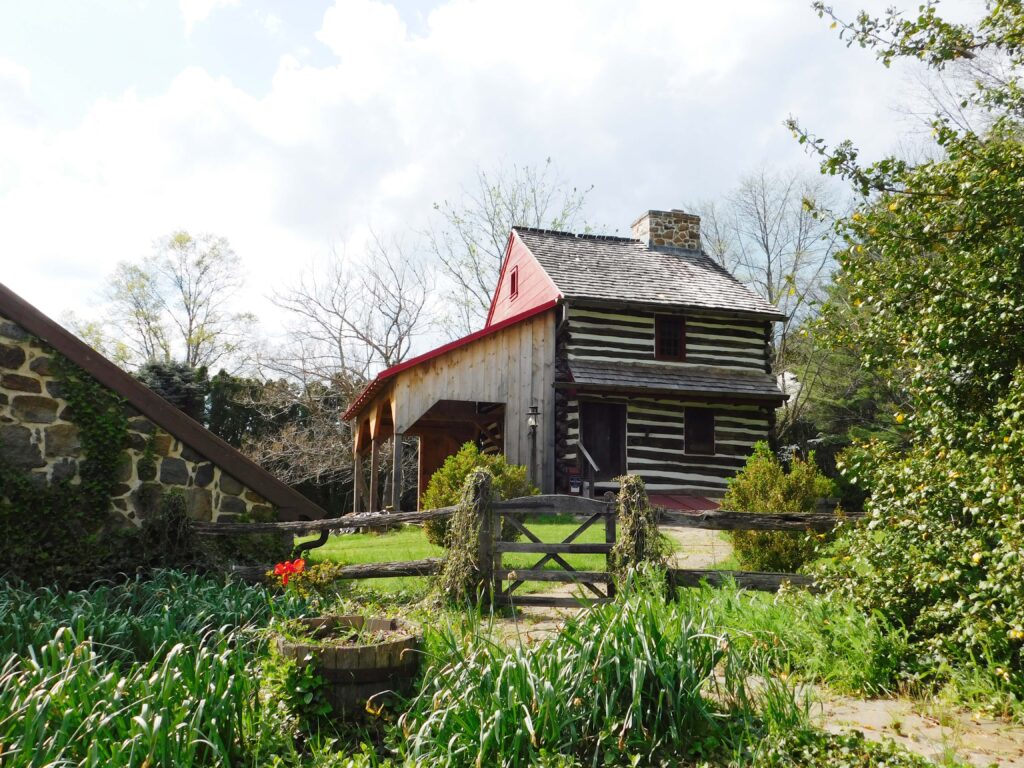Ask the archaeologists at the Palmetto Bluff Conservancy what their favorite thing is about their work and you might be surprised by their answer. It’s not uncovering the foundations of a plantation house, piecing together a 4,000-year-old pot, or even discovering a Spanish doubloon — it’s conserving historic cemeteries.
Mary Socci, PhD, and Katie Epps, MA, are responsible for the care and maintenance of nearly a dozen cemeteries on a 12,000-acre peninsula called Palmetto Bluff in Beaufort County, South Carolina. It’s a duty that they take seriously, but it is also something that they love.
“Some of the cemeteries are the final resting places for members of the white families who owned the plantations. Others began as cemeteries for enslaved people and then were used by freed people and their descendants,” explained Socci. “The cemeteries are tangible pieces of history. We can see the past in them, but it’s more than that. We want to remember those who have gone before us.”
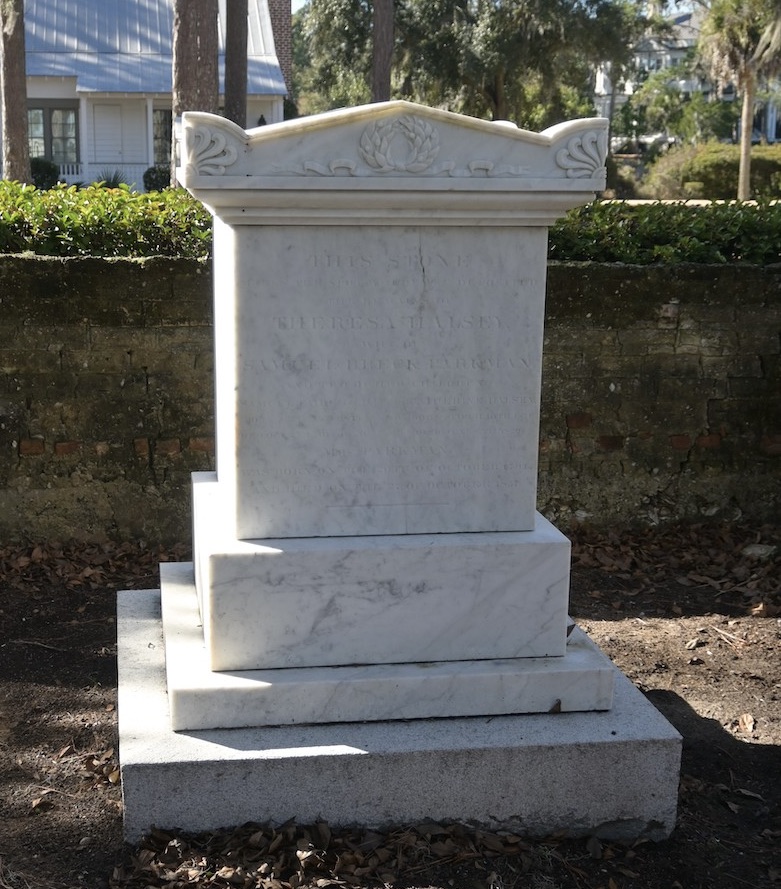
In 2003, the Palmetto Bluff Conservancy was founded as a supporting organization of the North American Land Trust (NALT), a national non-profit conservation organization. The conservancy’s mission is the stewardship of the natural and cultural resources of Palmetto Bluff. The land managers and biologists at Palmetto Bluff work to preserve the biodiversity of the lush maritime forests and towering pine woodlands, and the archaeologists work to uncover the stories of the people who have lived at Palmetto Bluff for more than a millennia.
NALT President Steven Carter, who is a member of the Palmetto Bluff Conservancy Board of Directors, said, “We are celebrating 20 years of conservation at Palmetto Bluff and the conservancy’s success in providing the community with meaningful stewardship, research, and education.”
NALT’s Stewardship Director Mike Duus is a long-serving member of the conservancy’s board. “The Palmetto Bluff Conservancy’s archaeological and historical research is invaluable in understanding the landscape,” Duus said.

The landscape has changed dramatically over the centuries. “The oldest artifact is a stone projectile point that was used when mastodons and giant sloths roamed South Carolina at the end of the last ice age,” Epps explained. “The environment was different then, with grasslands stretching to a coast that was 50 miles farther east than it is today.”
The grasslands gave way to longleaf pines, live oaks, and palmettos as the climate warmed. Then, in the mid-1700s, European colonists arrived, and the property was divided into approximately 15 plantations averaging about 1,000 acres each. Each plantation at Palmetto Bluff was dependent upon the capture and enslavement of people from Africa. It was the enslaved Africans and their descendants who reshaped the land into fields, planted and harvested crops, and cared for the households and families of their enslavers. The economic success of the area was the result of their labor.
“We need to be aware of this history, and we need to talk about it,” said Socci. “We have a special debt to the enslaved people of these plantations. We need to preserve their history and remember them.”
Protecting history by preserving cemeteries is especially important for the graves of enslaved people and their descendants. Too often, the cemeteries of African Americans who lived before and after the Civil War are forgotten or declared “abandoned.”
In 2021, Socci and Epps reset and cleaned the headstones of several members of the Riley family, including some who were born into slavery and some who were born after the Civil War. The conservancy teamed with a contractor who specializes in stone restoration to fix a broken monument. But their work didn’t end with the restoration. All the cemeteries are on a monthly maintenance schedule that includes hand-trimming around monuments and removing any branches or other debris.
Socci noted that some of the descendants of the people buried in the Riley Cemetery went on to become prominent local leaders. One of them, Michael Christopher Riley (born in 1873), graduated from Georgia State Industrial College, now Savannah State University, and owned and operated a restaurant and general store. A proponent of education, Riley became the first African American to be appointed as trustee to the Beaufort County Board of Education. Today, there is an elementary school named in his honor. Built in 1991, the Michael C. Riley Elementary School teaches new generations in Bluffton, South Carolina.
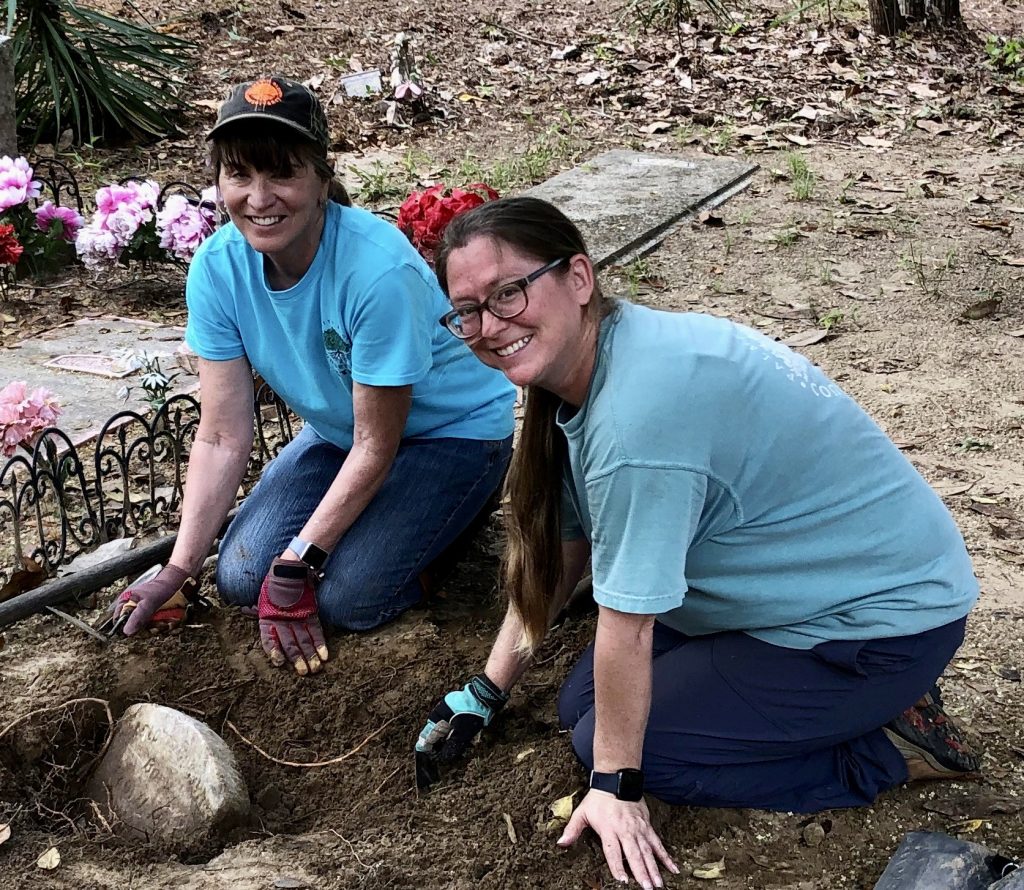
Socci and Epps are continuing their conservation work. In April, the team plans to reset a fallen headstone and build two new bases for monuments in one of the six cemeteries that remain to be restored. Team members said they find restoring and caring for the cemeteries extremely rewarding. “It’s not just ensuring that the monuments survive, it’s giving people a chance to see these places, ask questions about them, and maybe learn something about our past that could give us insight into our present-day lives,” said Socci.
If you’re interested in learning more about the Palmetto Bluff Conservancy and its ecological and archaeological research, sign up for their weekly newsletter by emailing info@pbconservancy.org. Their weekly brown bag talks on the environment or history of the area are streamed over Zoom.

